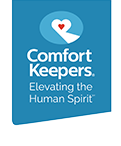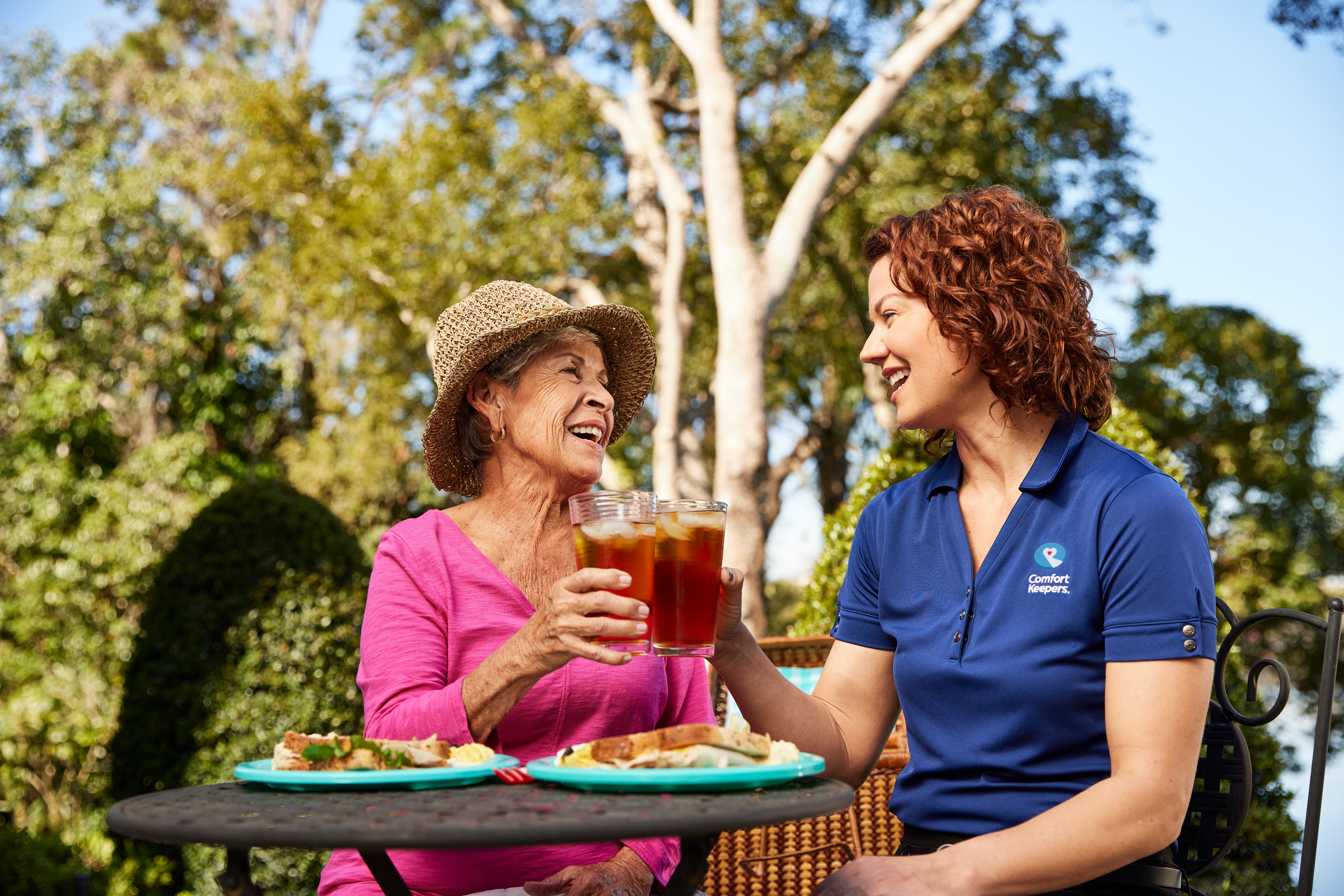Osteoporosis Treatments: How To Protect Your Senior Loved One
Senior Health and Wellbeing | April 6, 2016
According to Osteoporosis Canada, over 80% of all fractures in people 50+ are caused by osteoporosis.
We have all seen the little old lady with the hunched over back and shoulders. This isn’t just a sign of bad posture; it is a sign of Osteoporosis – the “silent thief” nicknamed disease costing the Canadian health care system $2.3 billion annually as of 2010.
What Is Osteoporosis?
Osteoporosis is a common disease in which bones become brittle, leading to a higher risk of breaks than in normal bone. Osteoporosis occurs when bones lose minerals, such as calcium, more quickly than the body can replace them, causing a loss of bone thickness (bone density or mass).
Osteoporosis affects both men and women, but to a higher degree in women; the average Canadian woman starts to lose 2-3 percent of their bone mass each year after their mid-30’s.
Osteoporosis Symptoms in Seniors:
- Osteoporosis can lead to fractures: As bones become thinner and less dense, even a minor bump or fall can cause a serious fracture, which can be a complete or partial break in a bone. Any bone can be affected by osteoporosis, but the most common sites are the hip, spine, and wrist. Fractures in the spine due to osteoporosis can result in height loss or changes in posture.
- Osteoporosis usually has no symptoms until a fracture occurs: This is why osteoporosis is often called the ‘silent disease’. Fractures can lead to chronic pain, a loss of independence, disability and even premature death, so managing bone health to avoid fractures is a priority.
Osteoporosis Prevention in Seniors:
- For bone health, it is important to eat foods rich in calcium: Like exercise, getting enough calcium is a strategy that helps strengthen bones at any age. You probably already know that dairy products such as milk, cheese, and yogurt provide calcium. Other foods that are high in calcium include: spinach, kale, okra, collards, soybeans, white beans, some fish, like sardines, salmon, perch, and rainbow trout ─ and foods that are calcium-fortified, such as some orange juice, oatmeal, and breakfast cereal. Almond milk should be considered, as it has twice the calcium that’s in cow’s milk. If you do not get enough calcium through your diet, it is important to take a calcium supplement.
- How much calcium do you need? Women age 50 and younger should get a daily dose of 1,000 mg of calcium from all sources, while women age 51 and older need 1,200 mg. For men, NOF recommends 1,000 mg of calcium daily for those age 70 and younger, and 1,200 mg for men age 71 and older.
- Don’t forget about vitamin D: The body needs vitamin D to absorb calcium. Without enough vitamin D, one can’t form enough of the hormone calcitriol (known as the “active vitamin D”). This leads to insufficient calcium absorption from the diet. In this situation, the body must take calcium from its stores in the skeleton, which weakens existing bone and prevents the formation of strong, new bone. You can get vitamin D in three ways: through the skin from sun exposure, from supplements, and from the diet. Recommended vitamin D-rich foods include fatty fish, like tuna, mackerel, and salmon, beef liver, cheese, egg yolks, and foods fortified with vitamin D such as some dairy products, orange juice, soy milk, and cereals.
- Are calcium and vitamin D enough? For people diagnosed with osteoporosis (including those who have experienced a fracture), a balanced diet rich in calcium and vitamin D is only one part of an osteoporosis prevention or treatment program. These strategies may not be enough to stop bone loss caused by lifestyle, medications, or menopause. Osteoporosis treatment is also required, as advised by a doctor. Your doctor can determine the need for an osteoporosis medication in addition to diet and exercise.
Comfort Keepers® can help. Our caregivers, or Comfort Keepers®, can help keep a watchful eye on your loved one, and help incorporate healthier choices into his or her lifestyle. Our unique approach to personal care, Interactive Caregiving™, engages clients physically, emotionally, mentally and socially ─ and provides a system of care that addresses safety, nutrition, mind, body, and activities of daily living (ADLs).
For additional information on Comfort Keepers of Canada® at Toronto or any other Comfort Keepers of Canada® location please visit our home page or call us at 416-663-2930.
References:
- National Osteoporosis Foundation. “A Guide to Calcium Rich Foods”. Web. 2015.
- National Institutes of Health (NIH) Osteoporosis and Related Bone Diseases National Resource Center. “What is Osteoporosis?” Web. 2016.
- WebMD. “Top Foods for Calcium and Vitamin D”. Web. 2014.
Osteoporosis Canada. “ Osteoporosis Facts & Statistics.” Web. 2016.
Individualized Home Care Options
Long-Term Home Care, 24 Hour Home Care & Short Term Care Options Customized for You






